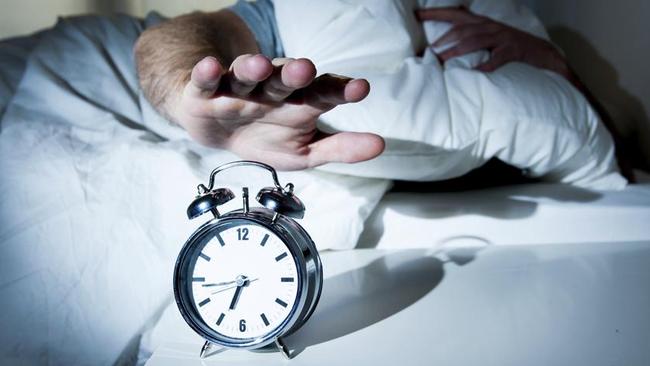Daylight saving: Time to wind the clocks forward
DAYLIGHT saving is always confusing — do you wind the clock forward or back? Unfortunately this time round, you’ll be robbed of precious sleep.
DAYLIGHT saving is always a bit confusing — do you wind the clock forward or back? Unfortunately this time round, you will be robbed of an hour of precious sleep.
On Sunday, October 2, at 2am you need to wind the clock forward — that is, of course, if you live in New South Wales, the ACT, Victoria, Tasmania and South Australia.
On Lord Howe Island, however, the time change is 30 minutes instead of an hour.
Those living in Queensland, the Northern Territory, and Western Australia; as you were.
So before you go to bed don’t forget to put your clock forward one hour before you switch off the lights. That said, these days, most smartphones do the work for you automatically (as long as you use the automatically set network rather than a manual setting).

Also, be warned, missing out on that much-needed sleep will make you feel like crap.
According to the Sleep Health Foundation, turning the clocks back “isn’t nearly as disruptive to our bodies as putting the clocks forward”.
“The body’s circadian rhythm — our built in time clock — operates on a slightly longer than 24-hour cycle, so being able to extend our day is much easier than it is to shorten our day,” says the organisation.
“It can take up to a week to feel back to normal after the beginning of daylight saving time in October.”
On April 2 next year, when daylight saving time ends, it will take only one night to adjust, apparently.



